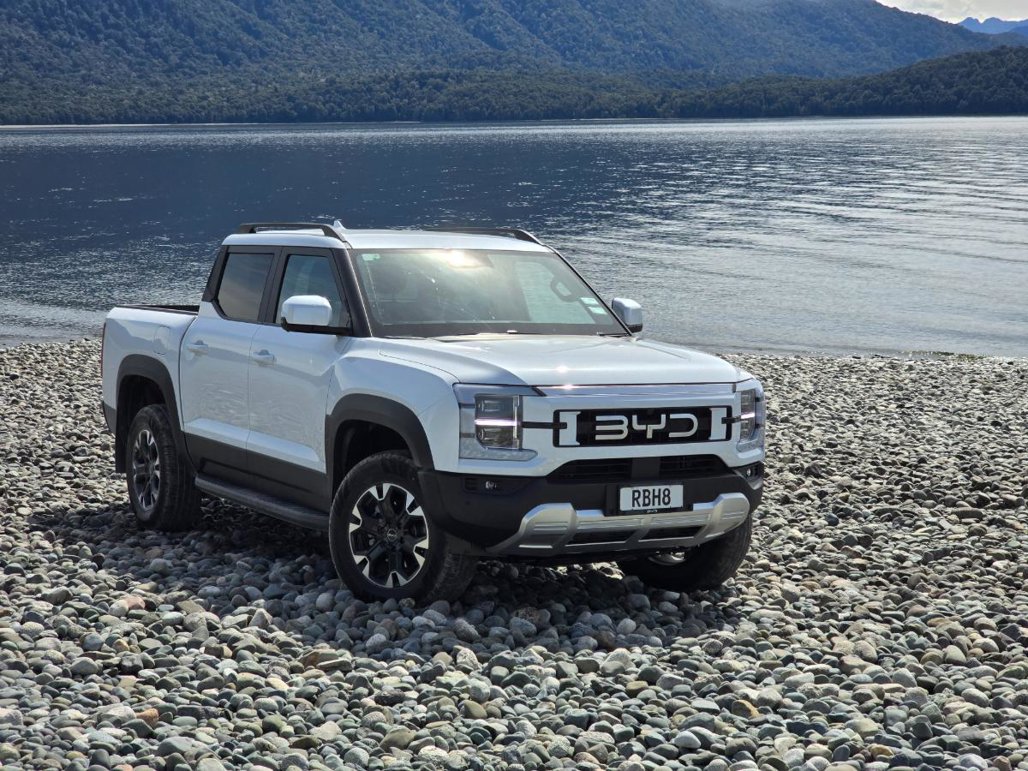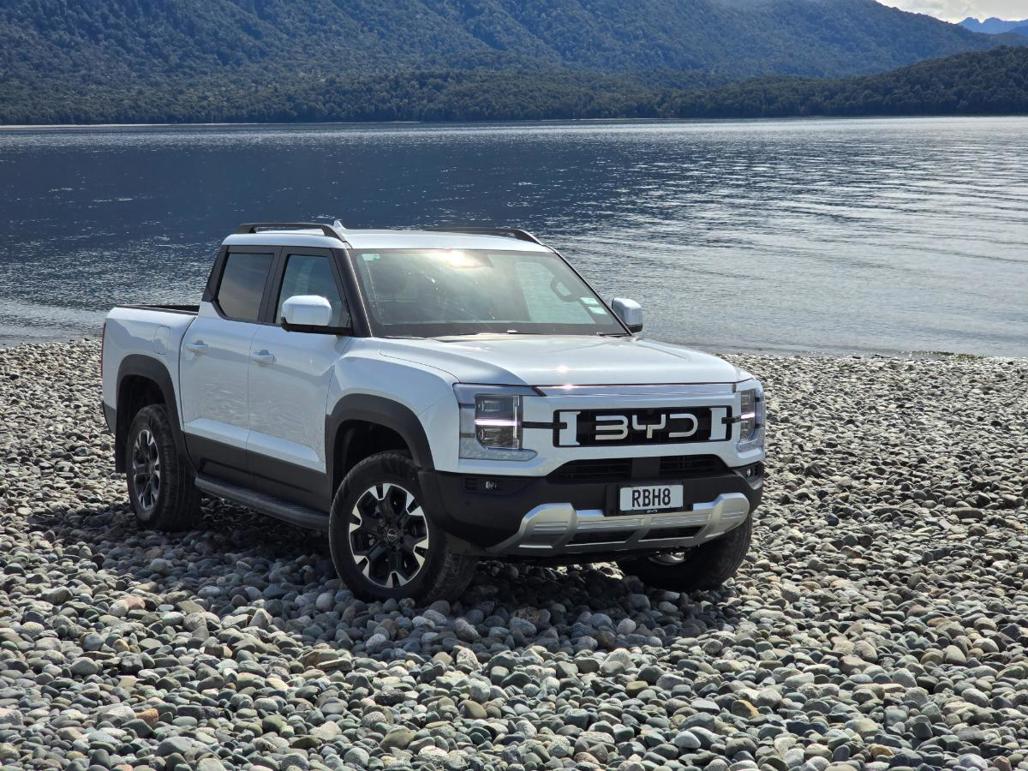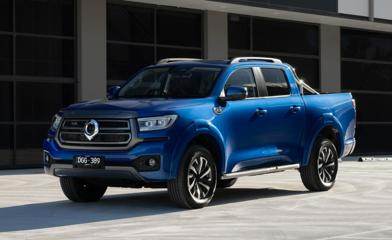What’s this new car all about then?
There’s an iconic scene in Steven Spielberg’s classic debut Jaws where Martin Brody (Roy Scheider) sees the titular monster shark for the first time and backs away, cigarette dangling from his mouth, muttering “You’re gonna need a bigger boat...”
Which is pretty much how I imagine other players in the ute segment are feeling after the BYD Shark popped its nose out of the water last month, jump-scaring its way into the top ten in its first month on sale.
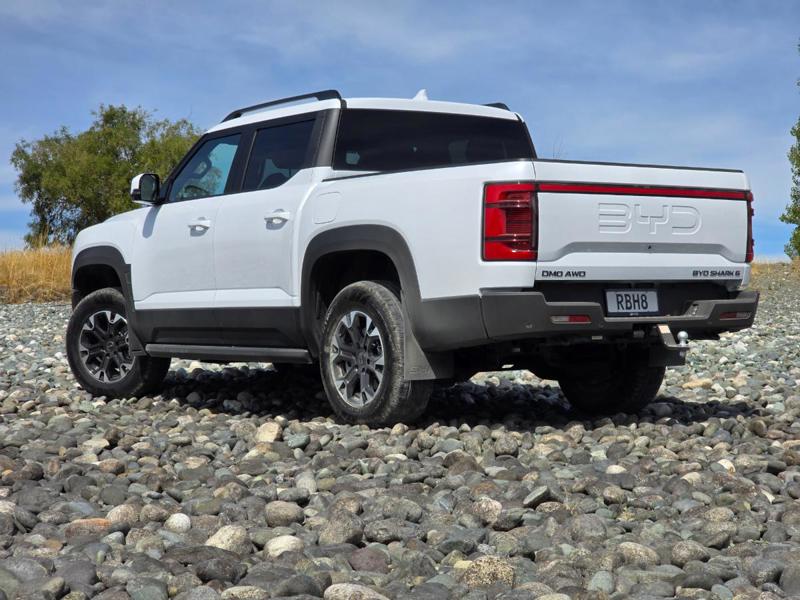
Where Jaws introduced the concept of the “Summer Blockbuster” movie (and a crippling fear of the ocean for any kids who watched it while on holiday at the beach. Thanks, mum...), the BYD Shark 6 has shaken up the ute world in a similar way by slamming petrol plug-in hybrid technology on the table amid all the diesel clutter.
The Shark 6 uses a similar powertrain to the excellent Sealion 6 SUV, with a 135kW/260Nm 1.5-litre four-cylinder petrol engine providing power to a 29.6kWh battery and a pair of electric motors – a 170kW/310Nm on on the front axle and a 150kW/340Nm one on the rear axle – for a total combined peak output of 321kW of power and 650Nm of torque.

This means the Shark 6 effortlessly out-muscles its direct competition in the mainstream ute segment but also packs more punch that a Ford Ranger Raptor with its belligerent 292kW/583Nm 3.0-litre turbo petrol V6, and even the big rumbling V8s of American pickups like the Chevrolet Silverado (313kW/624Nm) and Ram 1500 (291kW/556Nm).
There is a catch, however, and that is the fact that the Shark 6 also weighs about the same as the big American trucks, with a kerb weight of 2700kg and GVM of 3500kg, something that restricts it when to comes to hauling a load.
Because the Shark is a beefy boy, loading too much on to it and exceeding 6000kg means a Class 2 (Medium rigid vehicle) licence would be needed to drive it, so it is restricted to 2500kg, even though it could easily pull the 3500kg that is largely standard in the ute segment.
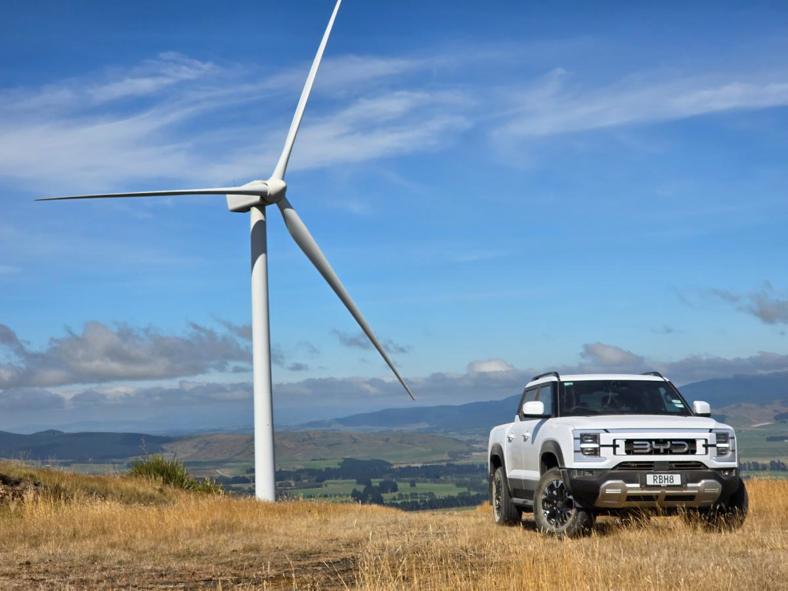
How much is it?
Despite being vastly more luxurious, high-tech and powerful than its direct competition in the mainstream ute segment (not to mention considerably faster),the Shark 6 is priced very sharply at $69,990 for the single model – the Launch Edition Premium AWD – currently offered here.
That’s less than a Ford Ranger Wildtrack or a Toyota Hilux GR Sport and only slightly more than a Hilux Hybrid, which is an extremely mild 48-volt assist system that offers nothing like the electric running of the BYD.
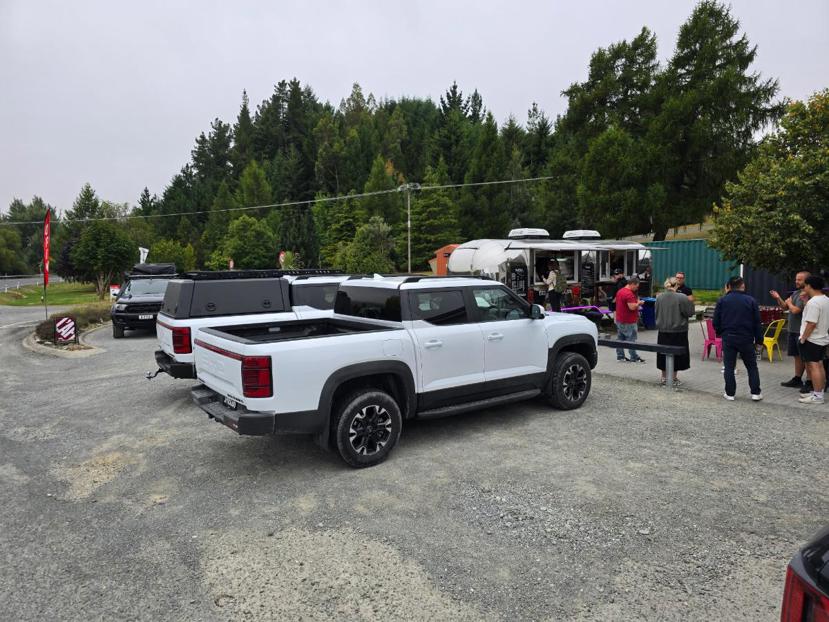
What’s it like to drive?
At first: weird. It’s not just the lack of a diesely rattle that feels off, but the complete silence that the Shark accelerates in. Forget any “for a ute” caveats; the Shark 6 is remarkably smooth and refined, and on the few occasions the engine needs to raise its voice, it is extremely quiet, slick and refined as well.
Along with being seriously smooth and refined, the Shark’s powertrain is also quite a belter, with Sport mode turning it into a seriously quick piece of machinery – BYD claims 5.7 seconds to 100km/h and, to be honest, it feels quicker, but that could just be because you are sitting up high. Oh, and you’re in a ute... you do have to keep reminding yourself of that.

That is mainly because the driving experience is very different to your average ute, with the Shark offering EV-like power delivery, thanks to the fact it uses its engine as more of a generator for the batteries, only chipping in to drive the front wheels directly very occasionally and only over 70km/h.
The ride is also impressive, with a solid and firm traditional ute feel, but with a wonderful layer of supple absorption of larger bumps and the road surface in general.
Smaller harsh imperfections, most noticeably corrugations on gravel roads, can unsettle it a bit, but the ride quality still manages to exceed the current king of utes – the Ranger – and that is an impressive achievement.
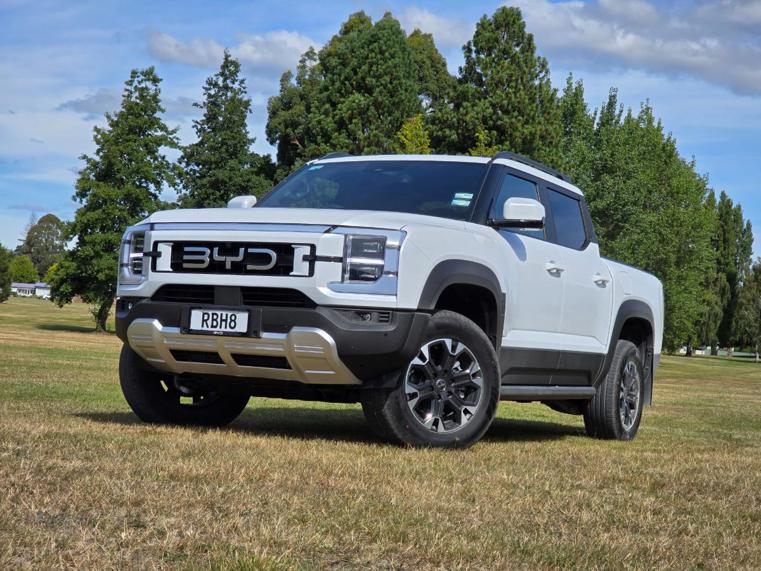
Rather than use the traditional leaf springs expected on the rear of a one tonne ute, the Shark uses coils all round, giving it that superior ride, but with another compromise to hauling ability, with a maximum 790kg payload in the tray.
While you can faff around with hybrid, EV and charge saving modes, the Shark is best when you just ignore all that and let it do its thing – it keeps the battery topped up (it usually sits between 25 and 50 percent on a longer trip), firing up the engine when needed and offering up a massive 800km range when both the battery and fuel tank are fully topped up.
Off the road things get very interesting, with the Shark’s weight being apparent, but not all that detrimental. Although there is a caveat there – while we did a bit of “light” off-roading on the launch, it was all rocks and gravel (it was Central Otago after all...), with no mud or sand present.
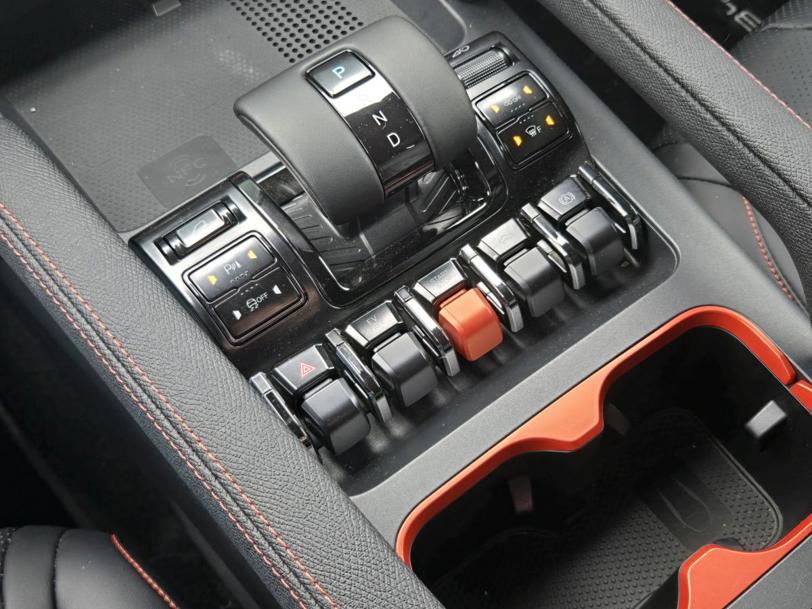
While the Shark has a selection of off-road drive modes - Sand, Mud, Snow and Mountain – there is no way to select anything separately. For example, while it doesn’t have physical locking diffs, the Shark simulates them using its electric motors and brakes, but you can’t actually tell it to lock anything. It decides.
However, this actually worked extremely well, with the different terrain modes being both quite different from each other and extremely responsive, and the Shark made effortlessly short work of anything we threw at it during the launch.
Getting a Shark into some mud or soft sand would be extremely interesting, with its weight no doubt coming into play more, but the impressively responsive terrain system would seem to be very much up to the challenge from what we have experienced so far.
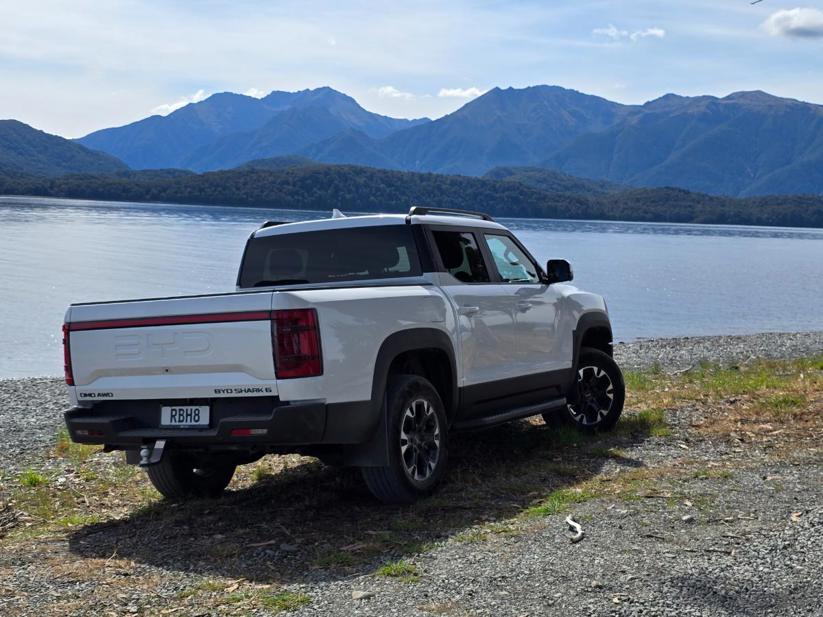
What’s the pick of the range?
There is just the single model available at launch and at $69,990 the Launch Edition Premium AWD model offers up some serious value for money in a ute that is quick, comfortable and rides superbly
What other cars should I consider?

There isn’t exactly a lot of direct competition for the Shark 6 at the moment, but its direct diesel-powered competitors obviously include the Ford Ranger($56,490 to $96,490) and Toyota Hilux ($49,490 to $76,990) double cab 4WD models.
Plug-in hybrid rivals are on their way however, with the Ford Ranger PHEV and GWM Cannon Alpha PHEV due shortly. Neither have had any local pricing announced yet, but the hybrid version of the Cannon Alpha costs $68,990 here.
The Ranger will also have a smaller electric range and lack DC fast charging, but given its popularity, and sheer sales momentum, may well be Ford’s bigger boat to take down the killer shark...

